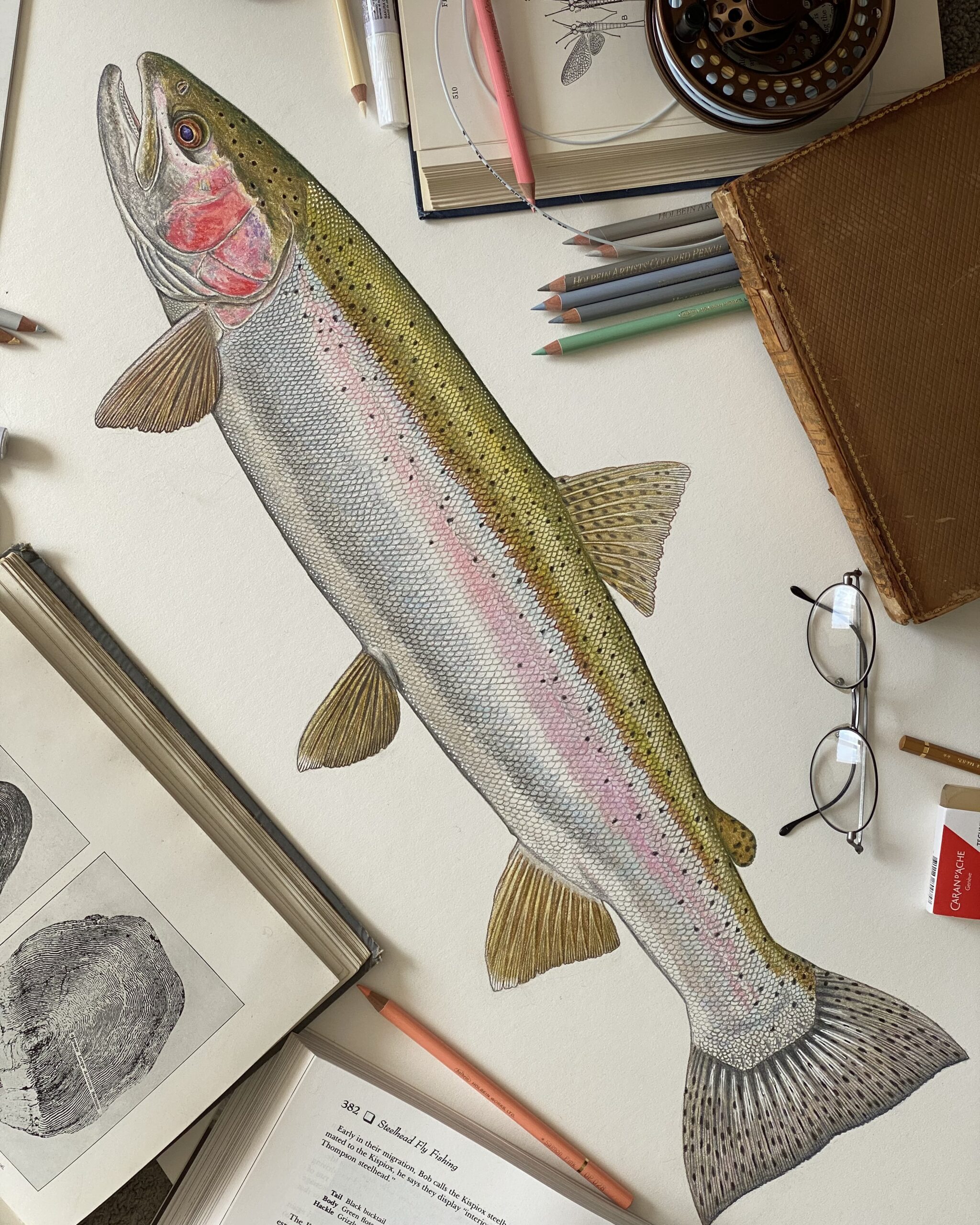Tested & Reviewed by Derek Bird
In order to better understand each rod, some feel it necessary to contrast the Sage Sonic to the Sage X. But as a person who owns both rods, I feel a side-by-side comparison does both rods a disservice because it promotes an unnecessary focus on the specific components. This can lead to an unfortunate oversight of the overall telos of the Sonic. The Sonic is designed to be a mid-priced fly rod that delivers in a variety of situations. When I set it against that bar, the rod exceeds my expectations. The Sonic is a buttery wand with cork that is velvety to the touch. The rod’s flex and recovery rate is a marriage of love, not utility. I fished with the rod all summer, which meant I fished nymphs, streamers, terrestrials and small dries. The rod performs ably with each. If you’re in the market for a versatile fly rod that feels good and casts well, I highly recommend the Sonic. For me, the first cast felt effortless and subsequent reps made me want to keep casting. I’ll continue to fish the Sonic long after the testing period is over. Accolades to the Sage research and development crew for a job well done.
Hop on over to Sage online for info on the full Sonic Family!





